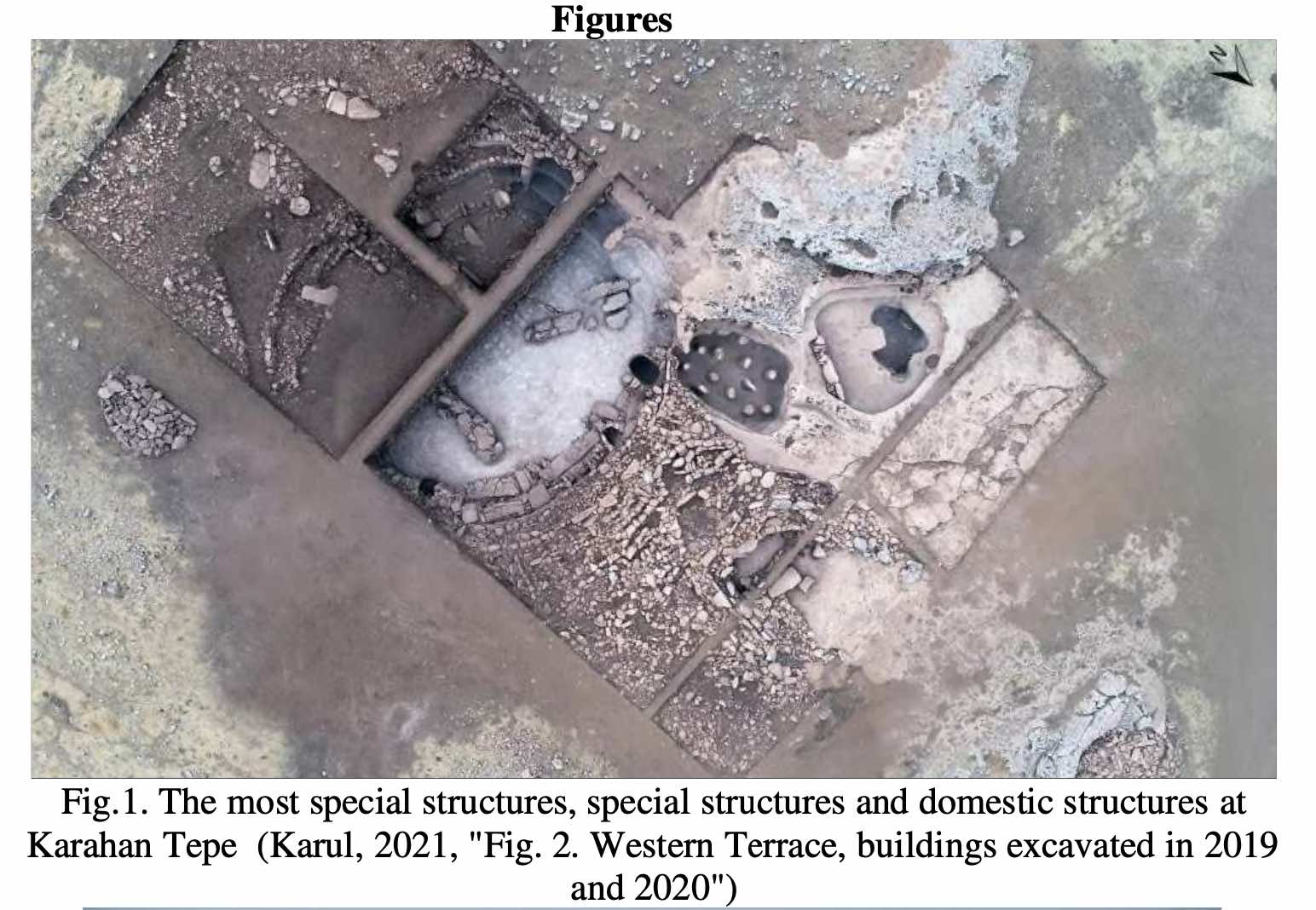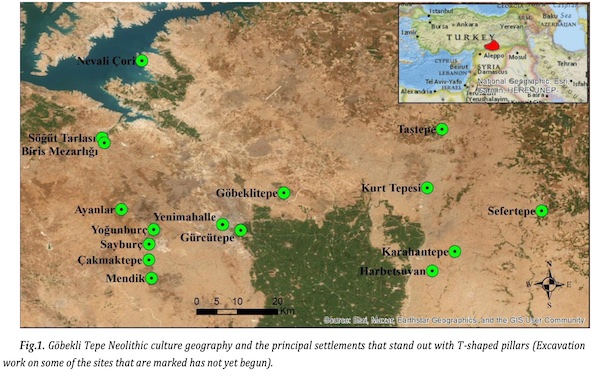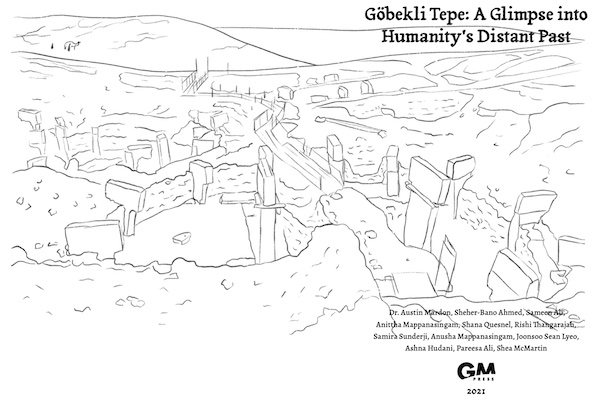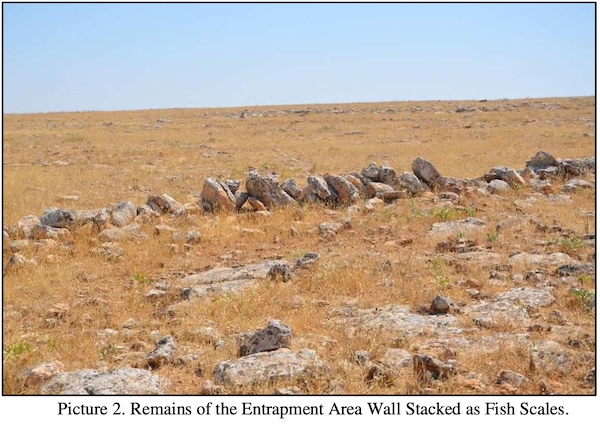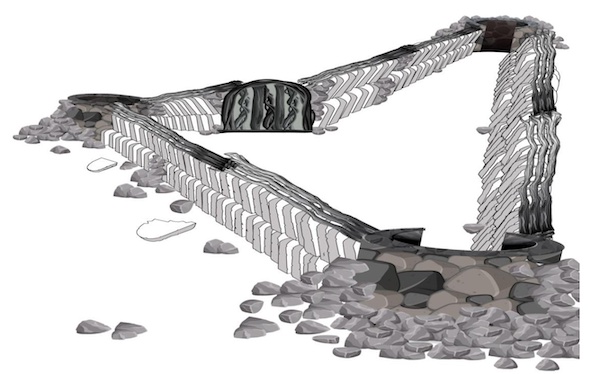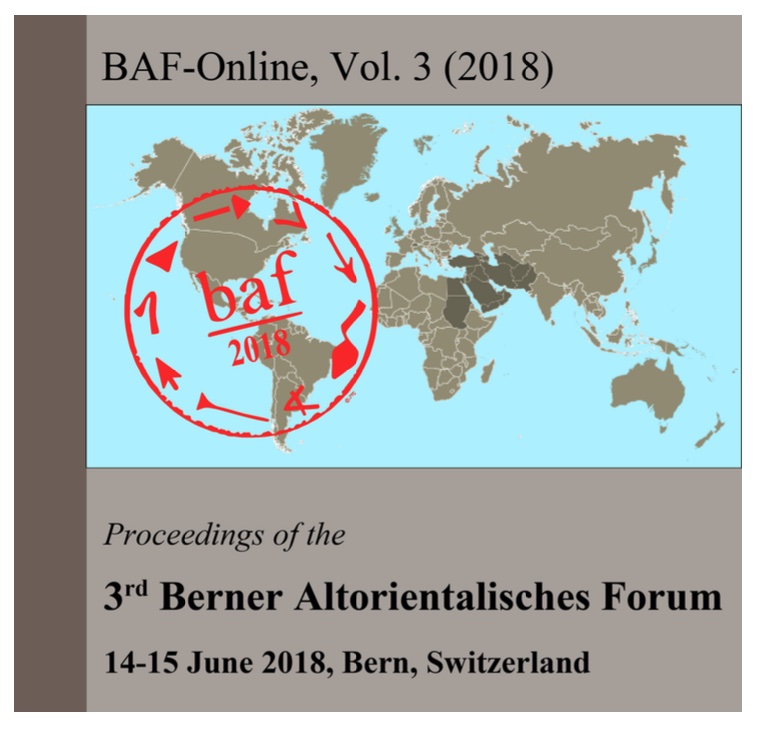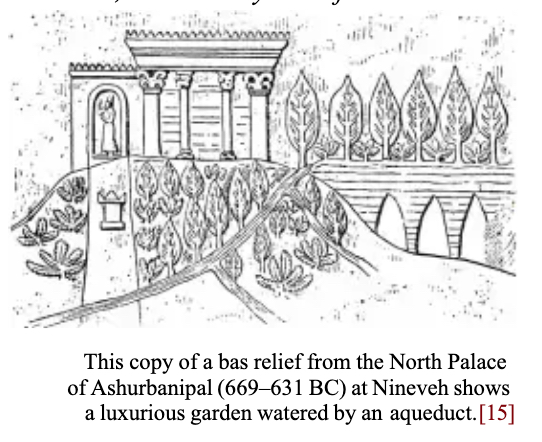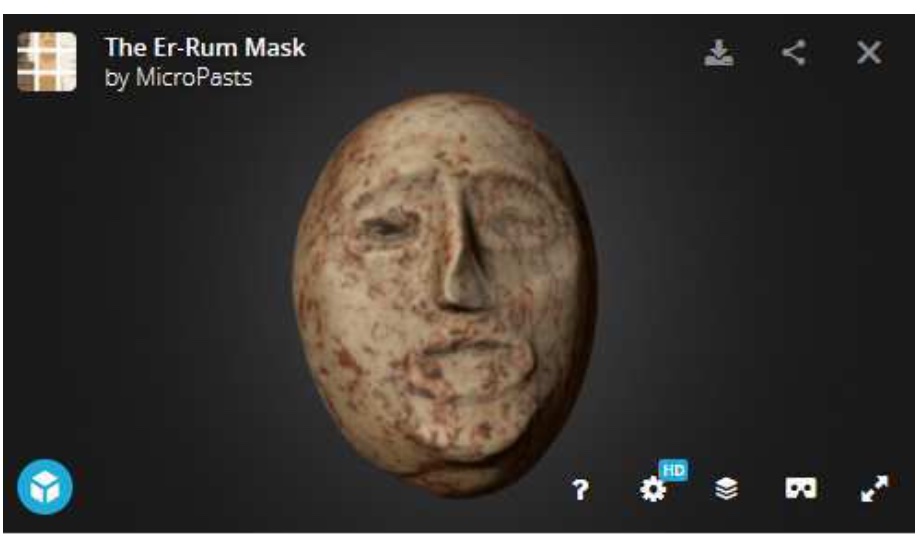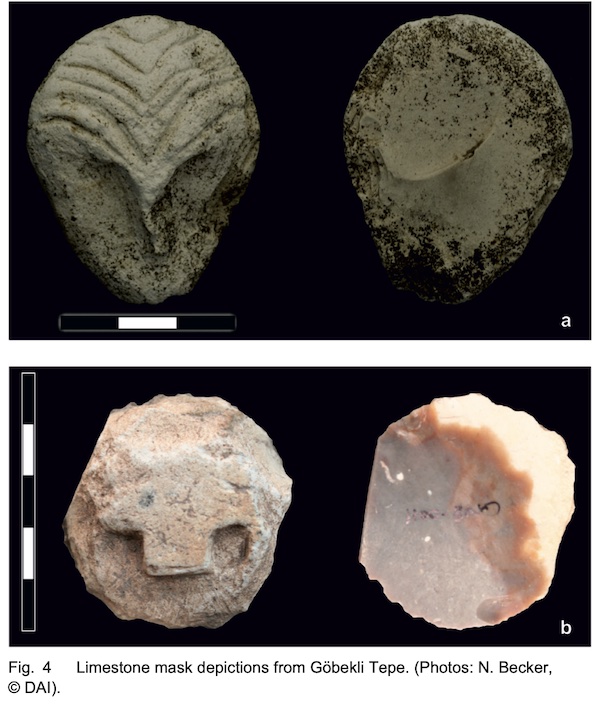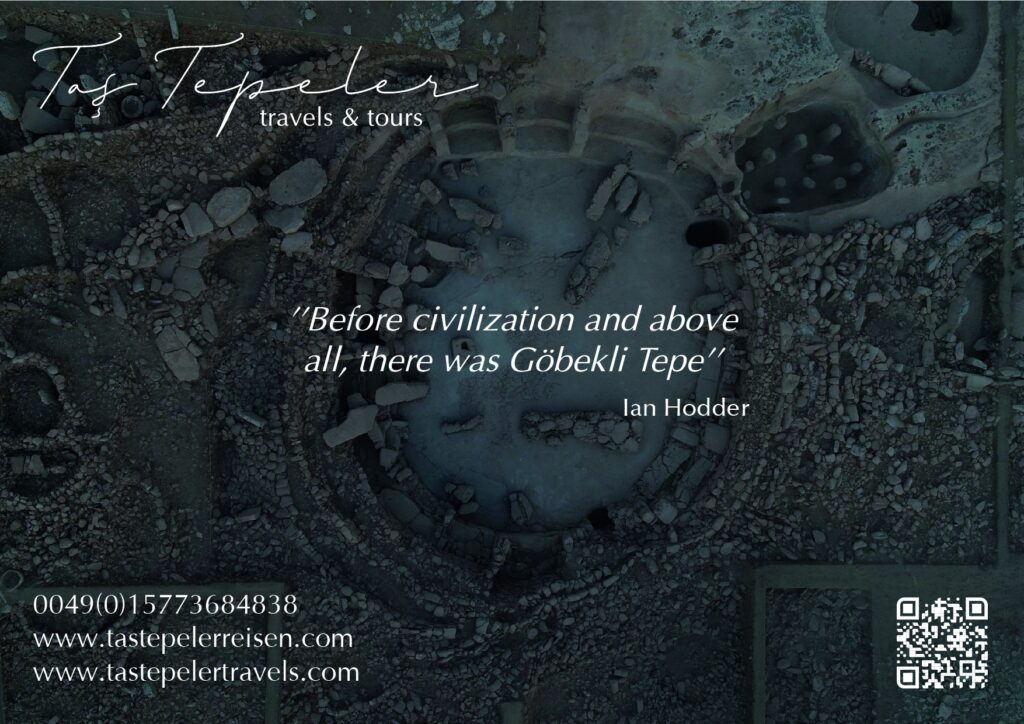“Status Society”: Sociological Thinking of Göbekli Tepe and Karahan Tepe in the Context of Social Stratification
Göbekli Tepe and the Neolithic sites around Urfa, which were identified by surveys, provide rich data for the transition of human beings from hunter-gatherer groups to settled and semi- settled agricultural societies. It is possible to trace most of the institutional foundations of today's societies to this transition period. Social theory, which was heavily influenced by the "Neolithic revolution" paradigm, ignored this transitional period. Sociological thought categorizes societies as hunter-gatherer and agricultural societies starting from the back and moves from the axiom that hunter-gatherer societies are egalitarian and agricultural societies are hierarchical. On the other hand, archaeological studies, while addressing the hierarchical "nature" of Neolithic societies, do not
Read More

